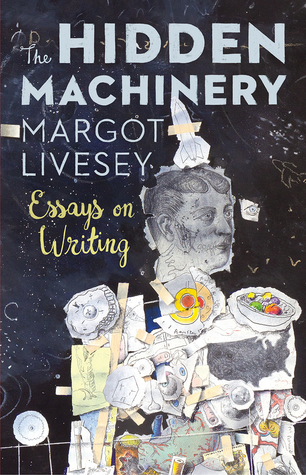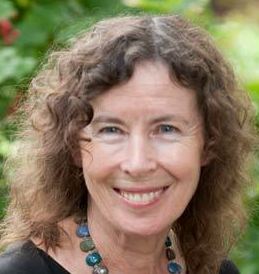The Hidden Machinery: Essays on Writing by Margot Livesey
- Tin House Books, 2017
- Paperback, 302 pages
- ISBN 978-1-9410-4068-3
Recommended


“I am using the phrase ‘the hidden machinery’ to refer to two different aspects of novel making: on the one hand how certain elements of the text—characters, plot, imagery—work together to make an overarching argument; on the other how the secret psychic life of the author, and the larger events of his or her time and place, shape that argument.” (p. 29)
— Margot Livesey
In this eminently readable book, novelist Margot Livesey explains how she taught herself to write novels by studying works of masters such as Flaubert, Henry James, E.M. Forster, Jane Austen, Virginia Woolf. The approach and tone of the book suggest someone who has made a delightful discovery and is eager to share the process of that discovery with some close friends.
I haven’t read any of Livesey’s novels, but this book caught my eye because of the metaphor in the title. Both writing and reading a captivating novel can be joyous experiences, but explaining just how those experiences come about, how fiction works, challenges both writers and readers.
Livesey’s metaphor of the hidden machinery suggests things like the hot water heater, the furnace, the circuit breaker box, the water pipes—all those things hidden away in the basement, out of sight—that keep a building running smoothly. We usually don’t see such things, yet we count on them to do what they’re supposed to do.
This is the same metaphor that psychologists and neuroscientists often use to describe consciousness. We are consciously aware of things we can see, touch, hear, smell, and taste. But beneath our conscious awareness, many other types of processes continue—not just operations like breathing or digestion, but also the processing of information.
If you’ve ever had the experience of waking up in the morning and immediately sensing the answer to a question, problem, or dilemma you had the night before, you’ve experienced how the hidden machinery of the unconscious operates. We don’t know how the process works—just as most of us don’t know how the furnace or the hot water heater works—but we reap the benefits when all those things work together, the way they’re supposed to, to create a pleasant living environment. Often, sleeping on something is the best way to figure it out.
Livesey’s phrasing “the secret psychic life of the author” suggests she’s talking about something similar to this metaphor of how the unconscious operates. Alice McDermott, in What About the Baby?, her book about writing fiction, talks about magic, a process that occurs when a writer totally immerses herself in the writing, when just exactly the right words suddenly appear, seemingly unbidden, and when the writer might not see this “supreme significance” until later, when reading over what she has already written.
Both Livesey’s and McDermott’s books focus on the writing of fiction. I don’t write fiction, but I do write nonfiction. And both Livesey and McDermott seem to be describing what psychologists call flow, an alternate state of consciousness that occurs when someone is completely absorbed in a task. Musicians and athletes often refer to this state as being “in the zone.”
I’ve written about flow before:
In my experiences of both writing and reading in flow, time seems to fall away and the activity becomes all-consuming. It’s difficult to describe exactly how this experience happens because it occurs involuntarily, outside of conscious awareness. We don’t have language to explain the process directly. The closest we can come to explanation is through the use of imagery. Livesey’s imagery here is one of the best descriptions of the writing process that I’ve come across.
I hadn’t read a book about writing in quite a while. I’m glad I pulled this one off the shelf for Nonfiction November.
© 2022 by Mary Daniels Brown


In my experience, the “good stuff” of fiction comes from my subconscious, which only happens when I’m in the zone.
Yep. That’s what got me through my dissertation (with no revisions required).
🙂